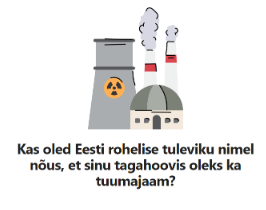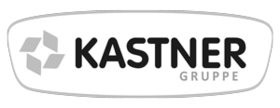Aktuelle Infos zu Kernkraft und Atommüll-Endlagersuche
Neue Studie zum Thema SMR (Small Modular Reactors)
12.12.2022

Die Studie gibt einen kurzen Überblick über die Geschichte der Nuklearenergie in Estland inkl. Hinweisen zur Sowjetära und den Plänen und die Entwicklung aktuell in Richtung Unterstützung privater Interessen für Nuklearenergie. Es wird sehr gut aufbereitet, wie die nuklearen Versprechungen Eingang in die Regierungspläne gefunden haben und Details zu den SMR-Plänen in Estland. Die Empfehlungen zum Thema SMR und wie man damit seriös umgehen kann, sind sehr interessant und nicht nur für Estland zu verwenden.
Im Schlusssatz zusammengefasst:
Ein transparenter Diskussionsprozess spart Zeit, Geld und Nerven, um zu entscheiden ob SMR-Pläne wirklich empfehlenswert sind für ein Land oder nicht.
Recommendations for discussing SMRs
There are other CEE countries expressing interest in SMRs, e.g Poland, Romania, Czech
Republic, Latvia and Lithuania.
Some of these are new markets for nuclear energy and there the debate might follow the Estonian example most closely. Below is a list of some takeaways to remember in order to start a fair and balanced national discussion on SMRs.
Small reactors, big words.
First, a brief mention about “small”, “modular”, “new
generation” and/or “advanced” nuclear may be pushed into any official government
plan by proponents in order to be later used as a reference to show the necessity and
broad national interest in nuclear energy. Stakeholders should monitor and
document the situation, give official feedback and point out any potential
exaggerated, unproven or mistranslated claims.
Generational divide.
Public debate might initially and perhaps intentionally revolve
around “next” or “4th” generation reactors (generally any non-light water designs).
While having certain improvements over 3rd generation technology, it must be
remembered that “advanced” isn’t always better21. Also, since the NPP developers wish
to deploy their plans usually in the next decade, the only feasible reactor choice will
be 3+ generation with its benefits, and its flaws. Often this is not made clear.
Two is a crowd.
SMRs are often touted as the solution for the situations where the
wind does not blow and the sun does not shine. Since renewable energy technologies
are constantly developing and being already deployed at scale, economically an even
more important question is about what happens to SMR output when the wind and the
sun are present, flooding the market with cheap electricity. It is unlikely that an SMR
will be built to be operational only for a few months per year.
Analysis paralysis.
While SMR developers can and do publish study after study, it is
vital to validate these claims by third parties who do not have a direct financial interest
in the results of the analysis. This can be especially difficult in non-nuclear countries
where such expertise is lacking or already concentrated in the companies pushing for
SMRs. Forming a network of international experts is advised for each stakeholder.
Public participation.
A candidate country for nuclear energy must have a national
working group on the matter and it is essential to have civil society and environmental
organizations present already in the early stages. The working group may be
composed of already overworked non-specialists, which also means that important
decisions are not rigorously analyzed, making them useless in some later stage.
An open process will save time, money and nerves in order to decide if small modular
nuclear reactors are indeed recommended for the country or actually not.
Zusammengestellt von Renate Brandner-Weiß
Link Studie:
Infoportal Estonian Green Movement:
☰
×




